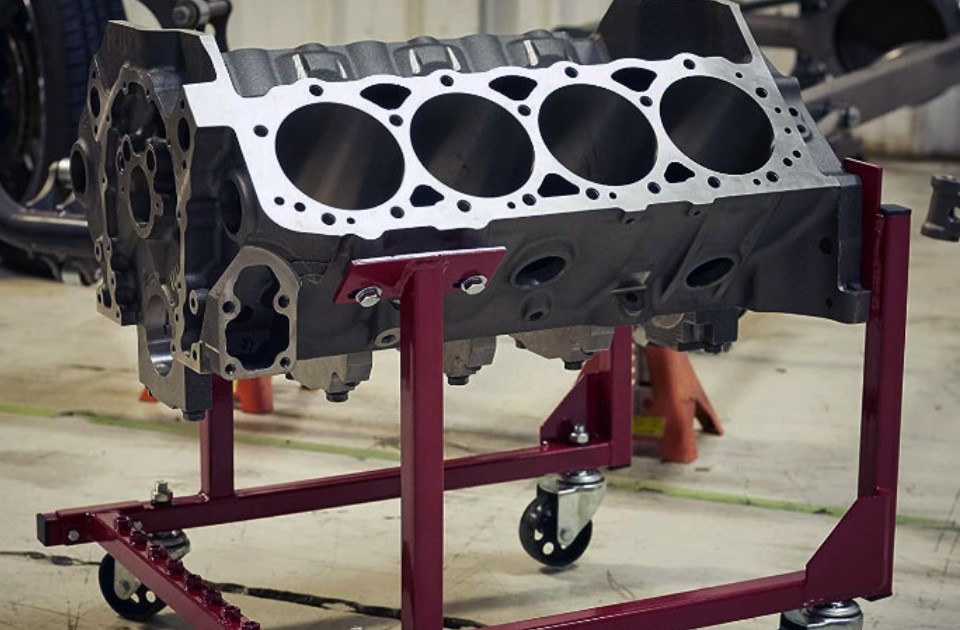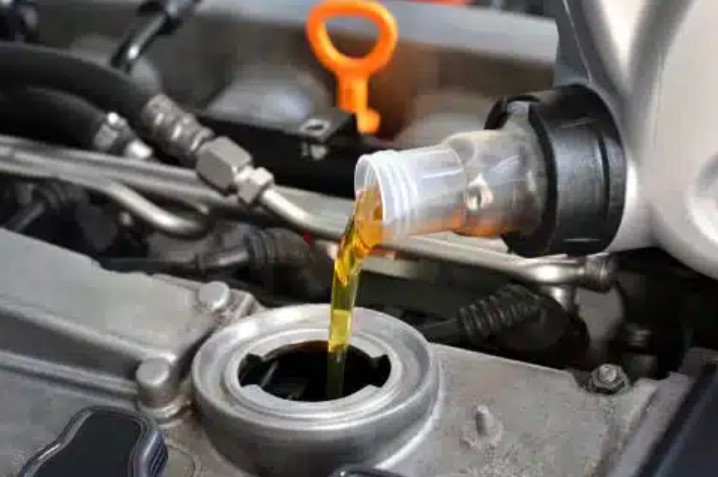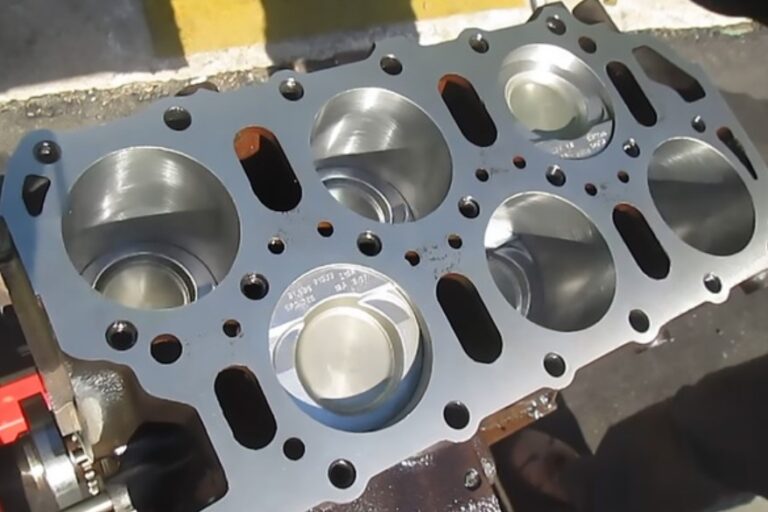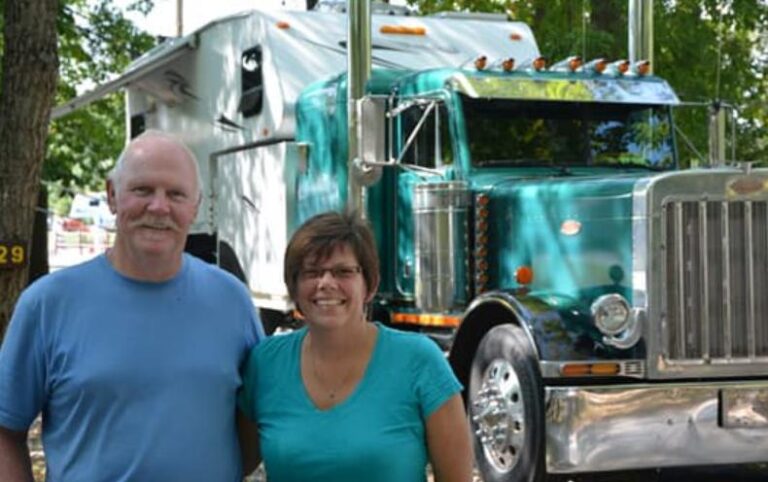How To Move An Engine Without A Hoist? 8 Working Steps
Are you looking for How To Move An Engine Without A Hoist? Moving an engine without a hoist is a challenging yet feasible task, especially when resources are limited or a hoist is unavailable.
This article dives into practical, creative solutions for this common mechanical quandary, ensuring your engine relocation is safe, efficient, and effective. We explore methods that require minimal equipment, focusing on safety and simplicity.
Key Takeaways
- Understand alternative methods to move an engine without a hoist.
- Learn about the necessary tools and safety precautions.
- Discover tips for efficient and safe engine relocation.
How To Move An Engine Without A Hoist?
Moving an engine without a hoist involves several detailed steps, each requiring careful consideration and execution to ensure safety and effectiveness. Here’s a comprehensive guide to each step:

- Prepare the Workspace:
- Clear the Area: Ensure your workspace is free of any obstacles or hazards. A clear, flat surface is vital for safe movement.
- Gather Tools: Assemble all necessary tools like wrenches, screwdrivers, engine straps, and a suitable lifting device like a manual crane or engine dolly.
- Prepare the Engine:
- Disconnect Everything: Disconnect all electrical connections, fuel lines, and coolant hoses attached to the engine.
- Drain Fluids: Drain all fluids from the engine, including oil and coolant, to reduce weight and prevent spills.
- Remove Obstructing Parts: Take off any parts that may obstruct the removal process, such as the radiator, air filter, or exhaust manifold.
- Choose a Lifting Method:
- Engine Dolly: Ideal for ground-level movement. Secure the engine onto the dolly, ensuring it’s balanced.
- Manual Engine Crane: Useful for lifting the engine vertically. Attach the crane’s chain or strap to the engine using designated lifting points.
- Lifting the Engine:
- Balance and Secure: Whether using a dolly or crane, ensure the engine is balanced and securely fastened.
- Lift Slowly: If using a crane, lift the engine slowly, keeping a close eye on its balance and stability.
- Moving the Engine:
- Steady Movement: Move the engine steadily and slowly. If using a dolly, push it gently to the desired location.
- Navigate Carefully: Be mindful of tight spaces and turns. Make sure there’s always a clear path ahead.
- Lowering and Securing the Engine:
- Lower Gently: Once the engine is in the desired location, lower it gently onto a stable and flat surface.
- Detach from Lifting Equipment: Carefully detach the engine from the crane or dolly.
- Safety Precautions:
- Wear Protective Gear: Always wear gloves, safety goggles, and steel-toed boots.
- Never Rush: Take your time with each step to ensure safety and avoid any mishaps.
- Seek Help: Don’t hesitate to ask for assistance, especially during lifting and moving.
- Post-Movement Inspection:
- Check for Damage: Once the engine is moved, inspect it for any signs of damage.
- Reconnect and Reassemble: If reinstalling the engine, reconnect all hoses, wires, and refill fluids.
Remember, moving an engine without a hoist is a challenging task. It’s crucial to be patient, and methodical, and always prioritize safety. If you’re unsure about any step, seeking help from a professional is always a wise decision.
Different Methods to Move an Engine Without a Hoist
Using an Engine Dolly
An engine dolly is a viable alternative to a hoist. It’s a low-profile, wheeled platform designed to support and transport heavy objects like engines.
Advantages:
- Portability: Easy to maneuver in tight spaces.
- Accessibility: Low to the ground for easy engine placement.
Leveraging a Manual Engine Crane
A manual engine crane, while not as sophisticated as a hoist, can be an effective tool. It uses a lever system to lift and move the engine.
Advantages:
- Cost-effective: Generally cheaper than a hoist.
- Simplicity: Easier to operate for beginners.
Safety Precautions

Essential Safety Gear
Prioritize safety by wearing protective gear like gloves, goggles, and steel-toed boots. Ensure the engine is securely fastened before moving.
Assessing the Environment
Check your workspace for obstacles and ensure the floor is level and stable. A cluttered or uneven surface increases the risk of accidents.
Tools and Materials Needed
Basic Toolkit
List the necessary tools, such as wrenches, screwdrivers, and straps. Emphasize the importance of quality and appropriate sizes for these tools.
Preparing the Engine
Guidelines for preparing the engine, like draining fluids and detaching connected parts, should be clearly laid out.
Step-by-Step Guide
Disassembling Surrounding Components
Provide detailed instructions on removing parts surrounding the engine to facilitate safe removal.
Engine Securing Techniques
Discuss methods to secure the engine onto the dolly or crane, emphasizing the importance of balance and stability.
Alternative Techniques

Using a Block and Tackle System
A block-and-tackle system, though more labor-intensive, can be used in the absence of modern equipment.
Innovating with Available Resources
Encourage thinking outside the box, like utilizing strong boards or makeshift ramps, always prioritizing safety.
Troubleshooting Common Issues
Dealing with Limited Space
Offer solutions for working in confined spaces, like repositioning the vehicle or engine.
Handling Unexpected Weight Distribution
Provide tips on managing engines that are heavier on one side, ensuring a balanced move.
What Can I Use To Move An Engine?
To move an engine, various tools and equipment can be utilized depending on the available resources and the weight of the engine. Common options include an engine dolly, a manual engine crane, a block and tackle system, or a heavy-duty trolley.

An engine dolly is specifically designed for this purpose, providing a stable platform with wheels, which makes it easier to maneuver the engine around a workshop.
A manual engine crane, while not as easy to use as a hydraulic crane, can still effectively lift and move an engine with its lever system. For those without access to specialized equipment, a block and tackle system can be rigged up, especially in garages with strong overhead support.
A heavy-duty trolley can also be used, but it’s crucial to ensure it’s capable of handling the engine’s weight and the engine is properly secured to the trolley.
How Do You Pull An Engine At Home?
Pulling an engine at home requires careful planning and the right tools. First, prepare the engine by disconnecting all electrical connections, fuel lines, and coolant hoses.
Drain all fluids to prevent spills. Remove any parts obstructing access to the engine, like the radiator or exhaust manifold. Then, use an engine crane or hoist to lift the engine.
Attach the crane’s chain or strap to the engine using secure lifting points, typically located on the cylinder head or engine block.
Slowly lift the engine, ensuring it remains balanced and clear of any obstructions, then move it to a safe location. Safety is paramount, so wearing protective gear and ensuring a clear, level working area is essential.
What Can I Use To Lift My Engine?
To lift an engine, the most common tools are an engine hoist or crane, a block and tackle system, or a hydraulic jack with an engine bar adapter. An engine hoist, preferably a hydraulic one, is ideal for lifting engines out of a vehicle due to its stability and ease of use.

A block-and-tackle system can be used as a more manual, but effective, alternative. For those with limited space or resources, a hydraulic jack with an engine bar adapter can also be utilized, although this requires more manual effort and careful balancing. It’s crucial to use sturdy, rated lifting equipment and to attach it to the engine’s designated lifting points to ensure safety.
Can You Lift An Engine By The Heads?
Lifting an engine by the cylinder heads is generally not recommended. Cylinder heads are not designed to support the entire weight of an engine, and lifting by them can lead to damage to the heads or the head gasket.
The preferred method is to use the engine’s designated lifting points, typically found on the engine block. These points are engineered to handle the engine’s full weight and provide a more secure and balanced lift. If you’re unsure about the lifting points, consult the vehicle’s service manual or a professional mechanic.
How Do You Move An Engine From A Truck Bed?
Moving an engine from a truck bed requires careful planning and the right equipment. Start by securing the engine to prevent it from moving during transportation.

Once at the destination, use an engine hoist or crane to lift the engine out of the truck bed. Attach the crane’s chain or strap to the engine’s lifting points and slowly lift it, ensuring it’s balanced and clear of the truck’s sides.
Alternatively, if a crane is not available, a ramp system can be used to slide the engine out of the truck bed carefully. It’s essential to ensure that the ramp is sturdy and the engine is securely fastened to whatever trolley or dolly is used to move it down the ramp.
Conclusion
Relocating an engine without a hoist can be done efficiently with the right knowledge and tools. This guide offers a comprehensive approach to tackling this task safely, prioritizing proper techniques and safety precautions. Remember, patience and preparation are key in ensuring a successful engine move.
Top FAQ’s
How do I ensure the engine is placed safely after moving?
Once the engine is in the desired location, lower it gently. Make sure it’s placed on a stable and flat surface. Remove the securing straps slowly, ensuring the engine remains stable throughout the process.
What should I do if I encounter difficulties during the move?
If difficulties arise, stop immediately and reassess the situation. Check if the engine is properly balanced and secured. If necessary, seek additional help or consider using different equipment.
Can I use a block and tackle to move an engine?
Yes, a block and tackle system can be used, especially in a garage with sturdy overhead beams. However, it requires a good understanding of the system and careful balancing of the engine.
How do I balance the engine on a dolly or trolley?
Position the engine so its center of gravity is aligned with the center of the dolly or trolley. Use straps or chains to secure the engine, checking that it’s stable before moving.
What are the key safety precautions I should take?
Always wear protective gear like gloves and safety goggles. Ensure the path is clear of obstacles, and double-check that the engine is securely fastened before moving. Never place any part of your body under the engine during the move.

Welcome to the exhilarating world of Matt Rex, a professional car racer turned renowned vehicle enthusiast. Immerse yourself in his captivating blog as he shares heart-pounding adventures, expert reviews, and valuable insights on cars, trucks, jets, and more. Fuel your passion for speed and discover the beauty of vehicles through Matt’s engaging stories and meticulous expertise. Join the ever-growing community of enthusiasts who find inspiration and expert advice in Matt Rex’s blog—a digital hub where the thrill of speed meets the pursuit of knowledge.






![68RFE Transmission Operating Temperature [Answered]](https://www.turbochaos.com/wp-content/uploads/2023/12/68RFE-Transmission-Operating-Temperature-768x617.jpg)
